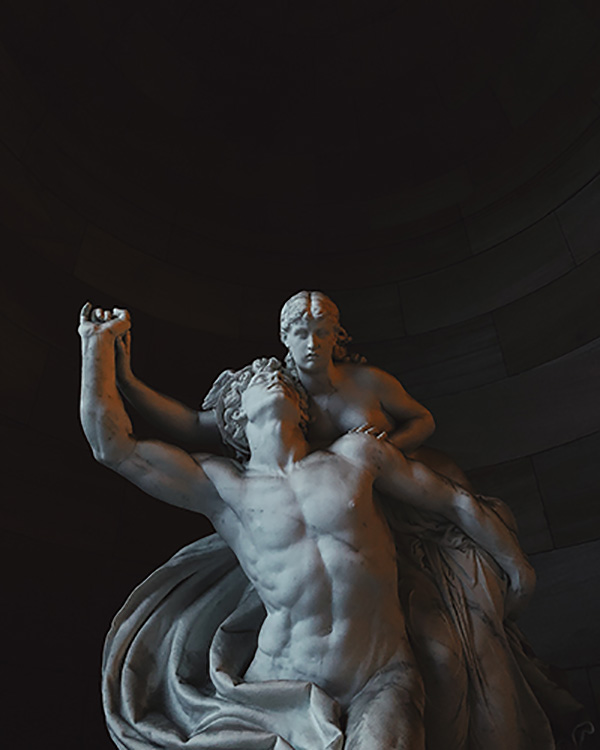
Tiffany and Company
Iris Corsage Ornament
Walters 57939
DetailIris Corsage Ornament Walters
Author: Walters Art Museum
Licence: (CC BY-SA 3.0)
Tiffany’s Iris Corsage Ornament
Tiffany & Co., the American luxury products firm, produced circa 1900 the Iris Corsage Ornament, an exquisite spectacular gem of the Art Nouveau period.
This splendid ornamental jewel is kept in the Walters Art Museum of Baltimore, United States and made of blue sapphire extracted from the Montana rocks. Montana got an unofficial nickname as “The Treasure State”, due to its mineral resources, mainly because of the precious stone of sapphire that had become increasingly popular among Europeans.
Like many other Art Nouveau ornaments, the corsage is inspired by the curved whiplash lines of nature and, in this case, primarily by the floral fan shape of the iris flower. The symmetrical six lobed corolla segments as three upright petals curved at the top and three lower petals hanging down are made from facetted blue sapphires.
The jewel has a long and slender stem in gold and three delicate leaves made of green demantoid garnet. The shiny yellow signals and the white petal veins of the iris are part of the glistening design. Other gemstones such as diamonds, topaz, gold alloys, and platinum increase the brightness of this charming object.
Paulding Farnham and Frederick Kunz, the employees of Tiffany’s firm, were masterful artisans and true pioneers of Art Nouveau design. Kunz was an expert in identifying gemstones and also a geologist who studied the biology of the internal structure of plants. Their knowledge and expertise were significant in the jewellery industry at the turn of the 20th century. Accompanied by other highly skilled designers in Tiffany’s firm, they helped their company become an international icon of celebrated art style from the 19th century up to the present time.
Get more information on this overview page.
Text: Lalerou
© Copyright. All Rights Reserved
- Category: What is Vintage Jewelry?
Vintage

Ornamental